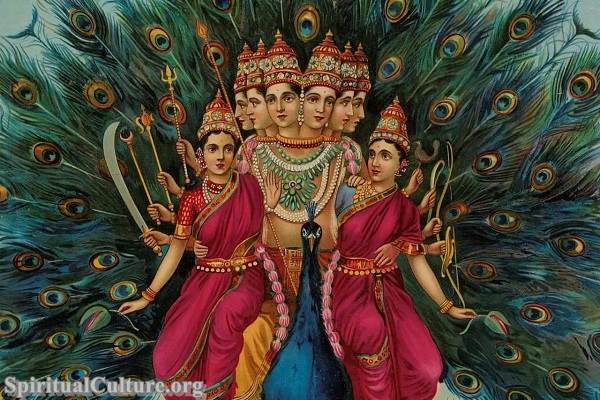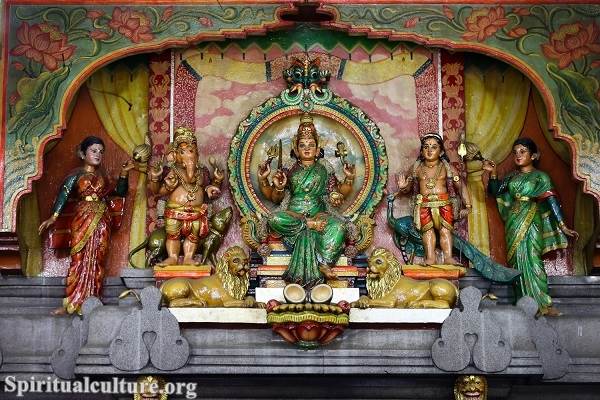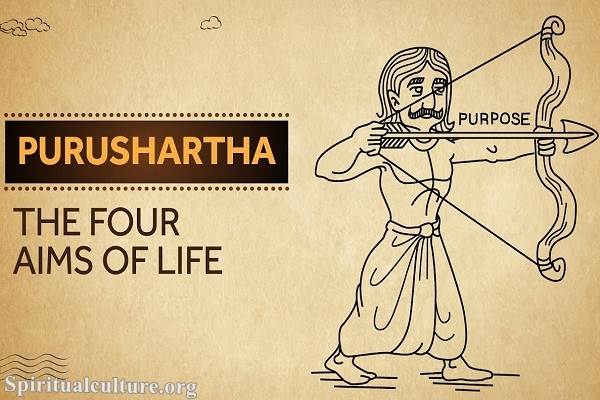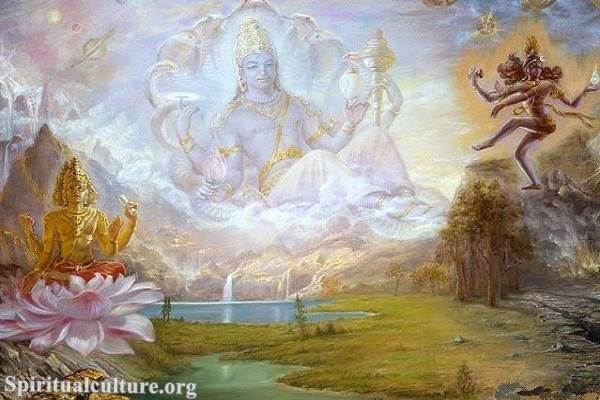Hinduism, one of the oldest religions in the world, is a rich tapestry of diverse beliefs, rituals, and deities. Kartikeya, also known as Murugan, Skanda, and Subrahmanya, among the pantheon of Hindu gods and goddesses, holds a significant place.
This article delves into the fascinating aspects of Kartikeya God in Hinduism, exploring his symbolism, mythology, and importance in the Hindu faith.
Kartikeya God: An Introduction
Kartikeya is the Hindu god of war, a brave warrior who symbolizes valor and courage. He is the son of Lord Shiva and Goddess Parvati and the elder brother of Lord Ganesha. Kartikeya is often depicted as a youthful god, riding a peacock and wielding a spear. His iconography represents his divine purpose – to combat and vanquish evil forces and restore dharma (righteousness).

Kartikeya God.
The Birth of Kartikeya
The story of Kartikeya’s birth is an intriguing part of Hindu mythology. When the demon Tarakasura was causing havoc in the universe, it was prophesied that only the son of Shiva could defeat him. However, Shiva was in deep meditation after the death of his first wife, Sati. The gods then conspired to have Shiva marry Parvati and produce the divine child who would slay Tarakasura. The sparks of Shiva’s energy were so intense that even Agni, the fire god, and Vayu, the wind god, could not carry them. The sparks were then carried to the Ganges and then to the Saravana forest, where Kartikeya was born with six faces, hence his name ‘Shanmukha.’
Kartikeya and Hinduism
In Hinduism, Kartikeya is revered as the embodiment of perfection, wisdom, and bravery. He is the commander-in-chief of the gods’ army, leading them to victory against the forces of darkness and ignorance. His spear, known as ‘Vel,’ symbolizes spiritual insight, and his mount, the peacock, represents the destruction of ego.
Kartikeya is particularly popular in South India, where he is known as Lord Murugan. He is the central deity in many temples in Tamil Nadu, Kerala, and Karnataka. The Thaipusam festival, which is celebrated in Tamil Nadu and other parts of the world, is dedicated to Lord Murugan. Devotees pierce their bodies with skewers and carry ‘kavadi’ as acts of devotion, seeking his blessings for material and spiritual growth.
Kartikeya’s teachings and symbolism are deeply ingrained in Hindu philosophy. He is seen as a god who can help devotees overcome their inner demons, such as anger, jealousy, and ignorance. His stories inspire believers to pursue righteousness, wisdom, and courage in their lives.
In Conclusion
Kartikeya God in Hinduism is more than just a divine figure; he is a symbol of valor, wisdom, and spiritual growth. His tales are not just mythological stories but profound teachings that guide believers on the path of dharma. Whether it is through the vibrant celebrations of Thaipusam or the serene chants in temples, the reverence for Kartikeya is a testament to the rich and diverse tapestry of Hinduism. As we delve deeper into understanding Kartikeya, we uncover layers of spiritual wisdom and philosophical insights that Hinduism offers.





